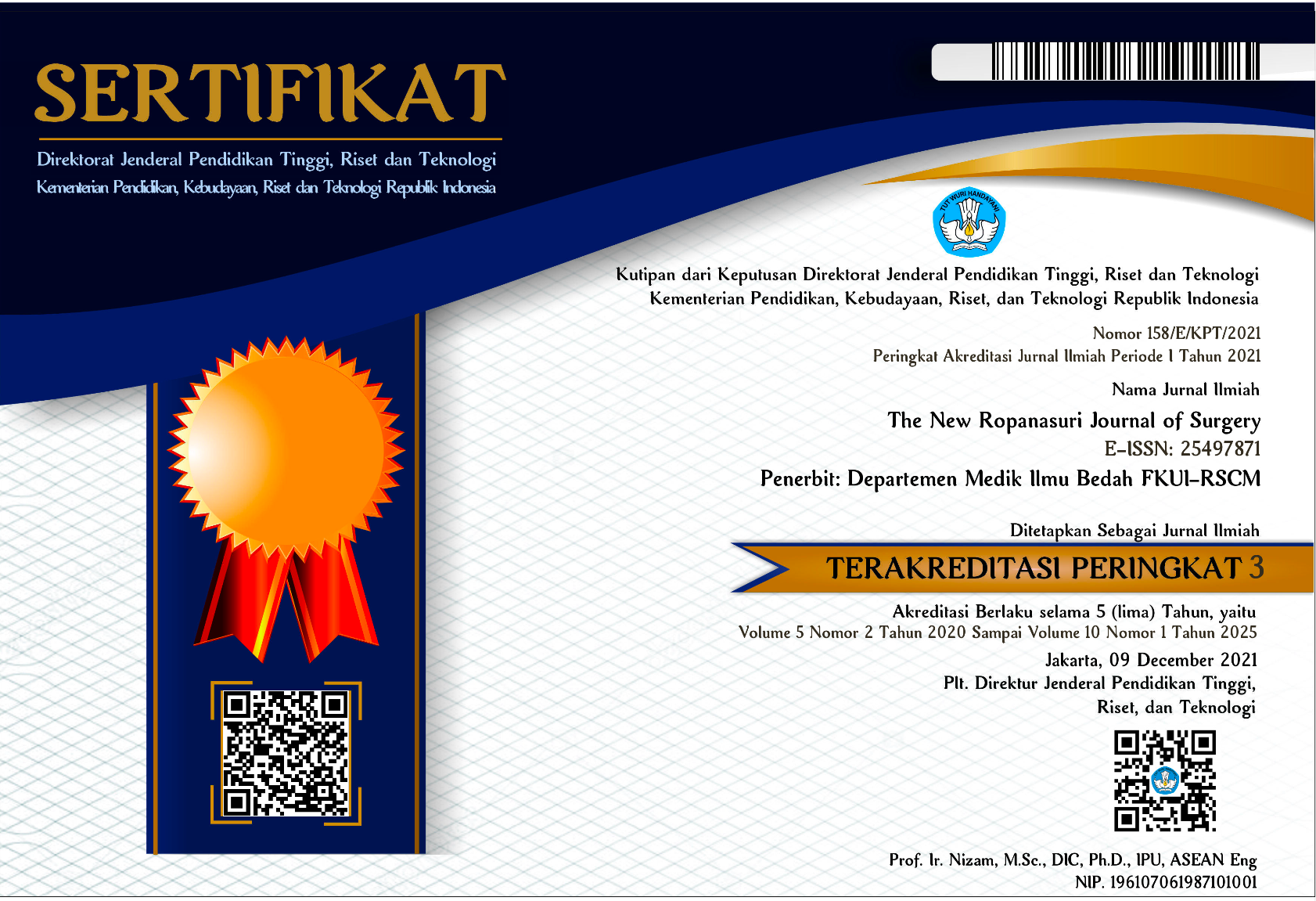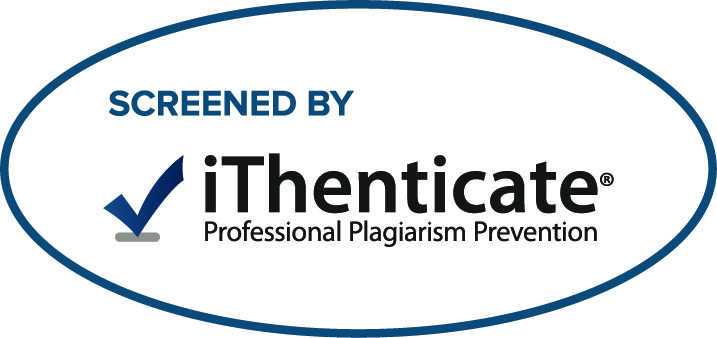Abstract
Introduction. Breast cancer is the leading cause of death in productive-age women, and that needs to be addressed with systemic medication. There has been a big-scale success using adjuvant chemotherapy; however, the optimal method of chemotherapy administration has yet to be determined. Two methods have been introduced today: full dose and sandwich methods. In full dose, we administer chemotherapy before surgical intervention, whereas in the sandwich method, we administer chemotherapy before and after surgical intervention. In this literature review, we aim to observe the effectiveness of chemotherapy administration through both full-dose and sandwich methods.
Method. In the initial phase, 51 articles were enrolled. We excluded duplicate studies, studies that did not meet the inclusion/exclusion criteria, and studies with different outcome measures, resulting in two articles. The effectiveness of each method is based on three main outcome measures: pathological complete response (pCR), overall survival (OS), and disease-free survival (DFS).
Results. The pCR of the full dose method was higher (17.7%) when compared to the sandwich method (8.6%), p = 0.012. Overall survival in the full dose method is better, as observed from the hazard ratio (HR); the HR of the full dose method is 1.37, while the sandwich method is only 1.08. Regarding DFS, there is no significant effect difference between the two methods, p = 0.237.
Conclusion. Neoadjuvant administration with the full-dose method shows higher overall survival, whereas the sandwich method exhibits comparable disease-free survival.
Recommended Citation
Wibisana, I Gusti NG and Putra, Shandy V.
(2024)
"Efficacy of Full Dose and Sandwich Neoadjuvant Chemotherapy in Breast Cancer: A Literature Review,"
The New Ropanasuri Journal of Surgery: Vol. 9:
No.
1, Article 6.
DOI: 10.7454/nrjs.v9i1.1190
Available at:
https://scholarhub.ui.ac.id/nrjs/vol9/iss1/6













